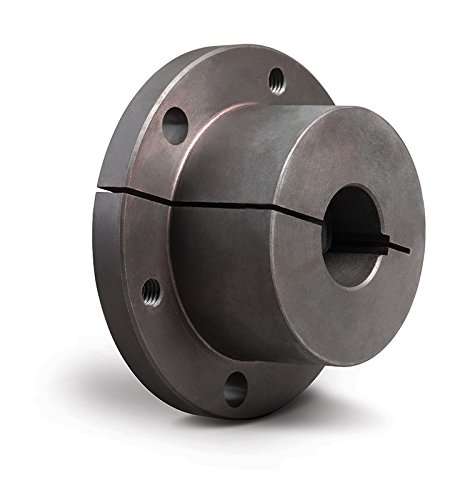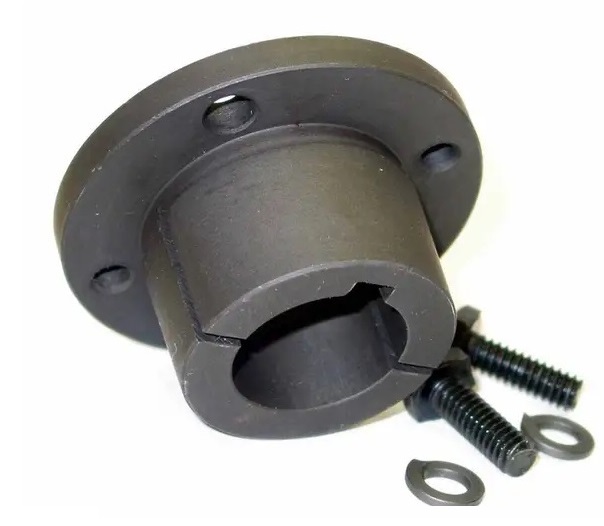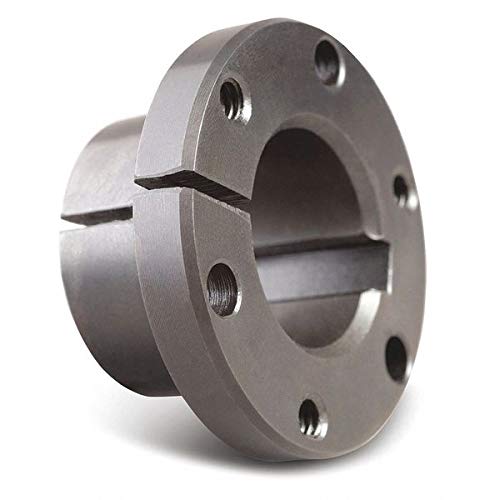
Can I find guides on troubleshooting common issues with QD bushings and their solutions?
If you encounter common issues with QD (Quick Disconnect) bushings and need guidance on troubleshooting and finding solutions, there are resources available to assist you. Here are some places where you can find guides on troubleshooting common issues with QD bushings:
- Manufacturer Documentation and Websites: QD bushing manufacturers often provide documentation, user manuals, and technical resources on their websites. These resources may include troubleshooting guides that address common issues encountered with their specific QD bushing models. By visiting the manufacturer’s website or contacting their customer support, you can access valuable information and guidance on troubleshooting problems and finding appropriate solutions.
- Online Forums and Communities: Online forums and communities focused on mechanical systems, power transmission, or industrial equipment can be excellent sources of information and troubleshooting advice. Platforms such as Stack Exchange, Reddit, and specialized forums dedicated to engineering or mechanical maintenance often have knowledgeable members who can provide insights and solutions to common QD bushing issues. Posting specific questions or searching within these forums can help you find relevant discussions and troubleshooting tips.
- Technical Publications and Journals: Technical publications and journals related to mechanical engineering, power transmission, or industrial maintenance may contain articles or case studies that discuss troubleshooting common issues with QD bushings. These publications often provide in-depth analysis, practical recommendations, and real-world examples. Accessing online databases like IEEE Xplore, ResearchGate, or Google Scholar can help you find relevant publications on QD bushing troubleshooting.
- Online Resources and Blogs: Several websites and blogs dedicated to mechanical engineering, maintenance, or power transmission topics offer informative articles and guides on troubleshooting various industrial components. These resources may include specific sections or articles on QD bushings, addressing common issues and suggesting solutions. Websites like Machinery Lubrication, Reliable Plant, or Maintenance Technology can be valuable sources of troubleshooting information.
- Training Courses and Workshops: Some organizations and institutions offer training courses or workshops on power transmission systems, including QD bushings. These courses often cover troubleshooting techniques and provide hands-on experience in identifying and resolving common issues. Checking with local technical schools, industry associations, or professional training organizations can help you find relevant courses or workshops in your area.
It’s important to note that troubleshooting QD bushing issues should be approached with caution and, if needed, performed by trained personnel familiar with the equipment and safety procedures. If you’re unsure or dealing with complex problems, consulting with a qualified engineer or contacting the manufacturer’s technical support is recommended.
By utilizing these resources and seeking expert advice when necessary, you can find valuable guides and solutions to troubleshoot common issues with QD bushings, ensuring their proper operation and minimizing downtime in your mechanical systems.

Can I get recommendations for QD bushings with corrosion-resistant properties for outdoor applications?
When it comes to outdoor applications where corrosion resistance is a concern, there are several QD (Quick Disconnect) bushing options available that offer enhanced protection against corrosion. Here are some recommendations for QD bushings with corrosion-resistant properties suitable for outdoor applications:
- Stainless Steel QD Bushings: Stainless steel QD bushings are highly recommended for outdoor applications due to their excellent corrosion resistance. They are resistant to rust and can withstand exposure to moisture, humidity, and various weather conditions. Stainless steel QD bushings are available in different grades, such as 304 and 316 stainless steel, each offering varying levels of corrosion resistance. These bushings are commonly used in outdoor equipment, such as agricultural machinery, construction equipment, and outdoor conveyors.
- Plated or Coated QD Bushings: Some QD bushings are coated or plated with corrosion-resistant materials to enhance their durability in outdoor environments. Common coatings include zinc plating, nickel plating, or epoxy coatings. These coatings provide a protective barrier against moisture, chemicals, and atmospheric conditions, reducing the risk of corrosion. Plated or coated QD bushings are suitable for a wide range of outdoor applications where moderate corrosion resistance is required.
- Polymer or Composite QD Bushings: Certain QD bushings are constructed using polymer or composite materials known for their inherent corrosion resistance. Materials such as nylon, reinforced polymers, or composite alloys can provide excellent resistance to moisture, chemicals, and UV exposure. Polymer or composite QD bushings are lightweight, non-conductive, and often self-lubricating, making them suitable for outdoor applications where corrosion resistance, low friction, and electrical insulation are essential.
- Aluminum QD Bushings: While aluminum is not as corrosion-resistant as stainless steel, it can still provide satisfactory performance in certain outdoor applications. Aluminum QD bushings are lightweight, have good mechanical strength, and offer moderate resistance to corrosion. They are commonly used in equipment and machinery where weight reduction is a priority, such as outdoor recreational vehicles, lawn and garden equipment, or portable machinery.
When selecting QD bushings with corrosion-resistant properties for outdoor applications, it is important to consider the specific environmental conditions, exposure to chemicals, temperature variations, and the severity of corrosion factors. Consulting with QD bushing manufacturers or industry experts can provide valuable insights and recommendations based on their knowledge and experience.
Lastly, regardless of the corrosion-resistant properties of the QD bushings, it is important to follow proper maintenance practices and regularly inspect and clean the bushings to ensure their long-term performance and effectiveness in outdoor environments.
By choosing QD bushings with corrosion-resistant properties appropriate for outdoor applications, you can enhance the durability and reliability of your equipment, reducing the risk of premature failure and minimizing maintenance requirements.

What is a QD bushing, and how does it differ from other types of bushings?
A QD (Quick Disconnect) bushing is a type of bushing used for mounting components on a shaft in power transmission applications. It provides a reliable and efficient connection between the shaft and the mounted component, such as pulleys, sprockets, or sheaves.
QD bushings differ from other types of bushings in their design and installation method. Here are some key characteristics and differences of QD bushings compared to other types of bushings:
- Design: QD bushings typically consist of a flanged bushing with one or more tapered grooves on the inner circumference and a corresponding taper on the outer surface. The flange provides axial support for the mounted component, while the tapered surfaces enable a tight and secure fit onto the shaft. The taper design allows for easy installation and removal of the bushing with minimal effort.
- Installation: Installing a QD bushing involves a straightforward process. The bushing is placed over the shaft and positioned at the desired location. As the bushing is tightened, the tapered surfaces create a wedging action that securely locks the bushing onto the shaft. This installation method eliminates the need for additional components like set screws, keys, or locking devices. It provides a reliable and self-centering connection that minimizes shaft slippage and ensures efficient power transmission.
- Adjustability: QD bushings offer adjustability, allowing for precise positioning of the mounted component along the shaft. By adjusting the position of the bushing, the axial location of the mounted component can be easily modified, enabling fine-tuning of the power transmission system.
- Compatibility: QD bushings are designed to be compatible with a wide range of shaft sizes. They are available in various sizes and configurations to accommodate different shaft diameters and tolerances. This versatility makes QD bushings suitable for a variety of applications across different industries.
- Removability: One of the key advantages of QD bushings is their quick disconnect feature. When it becomes necessary to remove or replace the mounted component, the QD bushing can be easily released by loosening the tightening bolts. This allows for efficient maintenance and replacement without the need to disassemble the entire power transmission system.
Overall, QD bushings offer a reliable, adjustable, and user-friendly solution for mounting components on shafts in power transmission applications. Their unique design and installation method make them a popular choice in various industries where efficient and secure power transmission is required.


editor by CX 2024-05-07